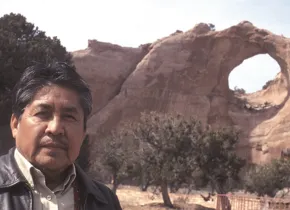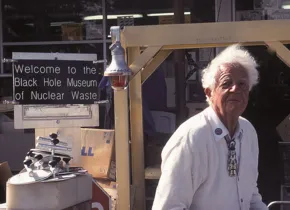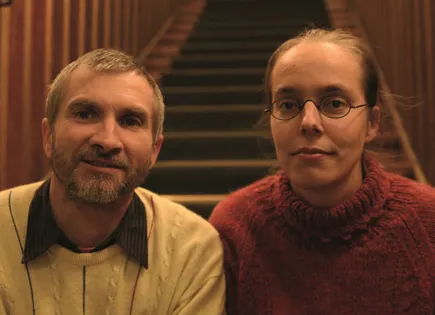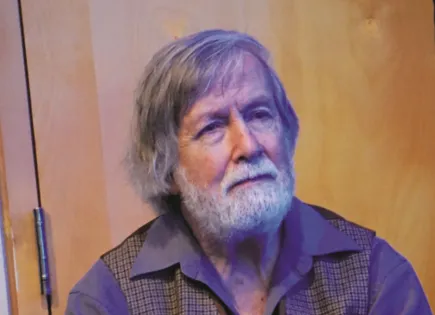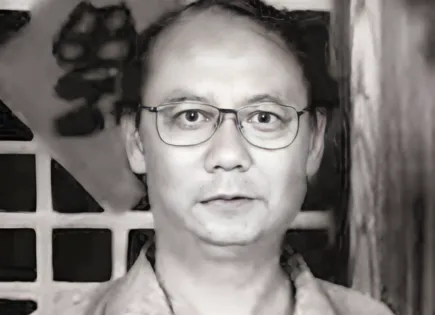2006
Phil Harrison, USA
Categories: Lifetime Achievement and Special Recognition – 2006
Phil Harrison reported in 1992 at the World Uranium Hearing in Salzburg on the cancer death of his father at the age of 43, who wore neither mouthguards nor gloves in the unventilated uranium mines. Lung cancer, silicosis, leukemia and skin cancer became the miners’ diseases. He wants recognition and reparation for the human sacrifices his people have made for the nuclear industry. He was honoured with a special recognition.
Ed Grothus, USA
Categories: Lifetime Achievement and Special Recognition – 2006
In 1949, at the age of 26, he signed up in the secret laboratory town of Los Alamos and believed in deterrence in the name of peace for twenty years. In 1969, cleansed by the Vietnam War, he resigned. Since then he has been a warner against the nuclear holocaust. “I am the conscience of Los Alamos,” he says, “and sometimes I think I am the only one who is not insane.” He received the honorary award for his life’s work.
Heike Hoedt and Wolfgang Scheffler, Germany
Category Solution – 2006
The physicist Wolfgang Scheffler developed the ‘flexible, shape-variable parabolic mirror with a fixed focal point’, in short: the Scheffler mirror, a simple yet sophisticated method of cooking, frying and baking highly efficiently with sunlight. Today, almost a thousand systems are installed in 21 countries. His partner Heike Hoedt is responsible for the global transfer of knowledge.
Gordon Edwards, Canada
Category Education – 2006
For decades, the mathematician Gordon Edwards has been one of Canada’s leading figures in the anti-nuclear scene. He proved that the Canadian government’s limits for radon gas were six times excessive and played a key role in a moratorium on a new reactor in Quebec. Effortlessly and with analytical accuracy he dismantles the myth of clean nuclear energy.
Sun Xiaodi, China
Category Resistance – 2006
There are rich uranium deposits in Gansu Province in western China. Sun Xiaodi worked on the site of uranium mine No. 792. In 1988 he began to ask questions – about illegal sales, the inadequate disposal of uranium remains, contamination and damage to health. Although he was fired in 1994, he filed petitions and gave interviews. He was imprisoned several times.
